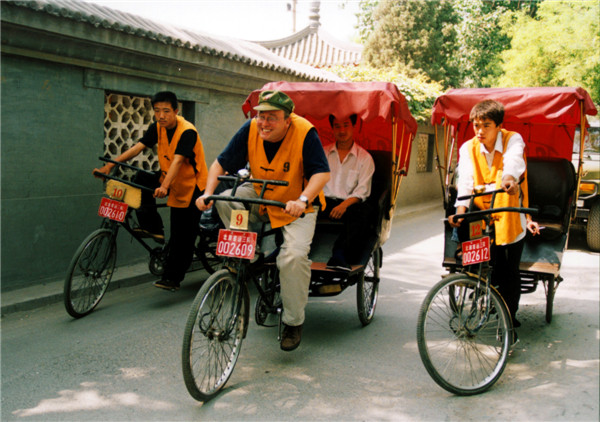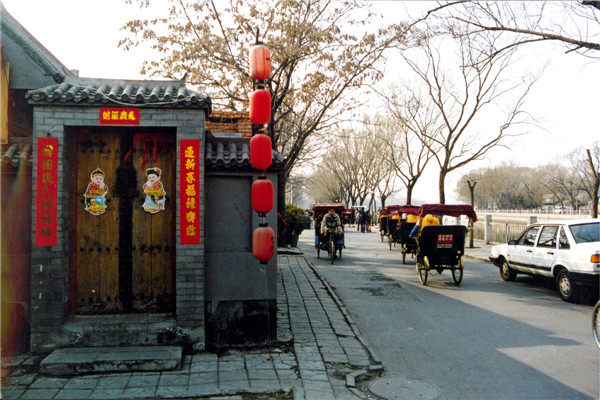
Hutongs usually refer to the alleys in the suburban areas of Beijing built during the Yuan, Ming and Qing dynasties of China. These hutongs give you a wonderful glimpse into the past, the old way of life and traditional Beijing culture. They have witnessed the dramatic changes of Beijing in the past centuries.
But what Is a hutong on earth? It actually means an alley, formed by rows of traditional courtyard houses where old Beijing residents lived. The word "hutong" originates in the word "hottog" which means "a well" in Mongolian, in ancient times villagers dug a well and lived around it.
Beijing hutongs differ from one another: in east-west or north-south direction, sloped, half or "blind hutongs", or cul-de-sacs. The gray-tiled houses and alleys crossing with each other in identical appearance are like a maze, it is fun to walk through them but be careful not to get lost.

Hutong is in these gray-tiled long lanes that families play, buy goods, gossip, and connect. In Beijingers' eyes, hutong means a period of history, where numerous intriguing and unknown stories happened. Lodging in these hutongs were not only ordinary citizens but also famed people such as Lu Xu, Lao She, Qi Baishi and etc.
Now many famous dramas are based on the themes of the life in the hutongs, such as the Teahouse, written by Mr. Lao She, one of the most famous writers before and after the foundation of the People’s Republic of China.
There are still lots of residential courtyard houses existing and being used by today’s people, but hutongs formed by these buildings are mainly located in Beijing’s Dongcheng and Xicheng Districts today. Beijing has transformed in the past centuries, but something traditional still remains to wait for the coming generations to discover.



